
About Us
Haewoori Project
Haewoori Offshore Wind
Project I, II, III
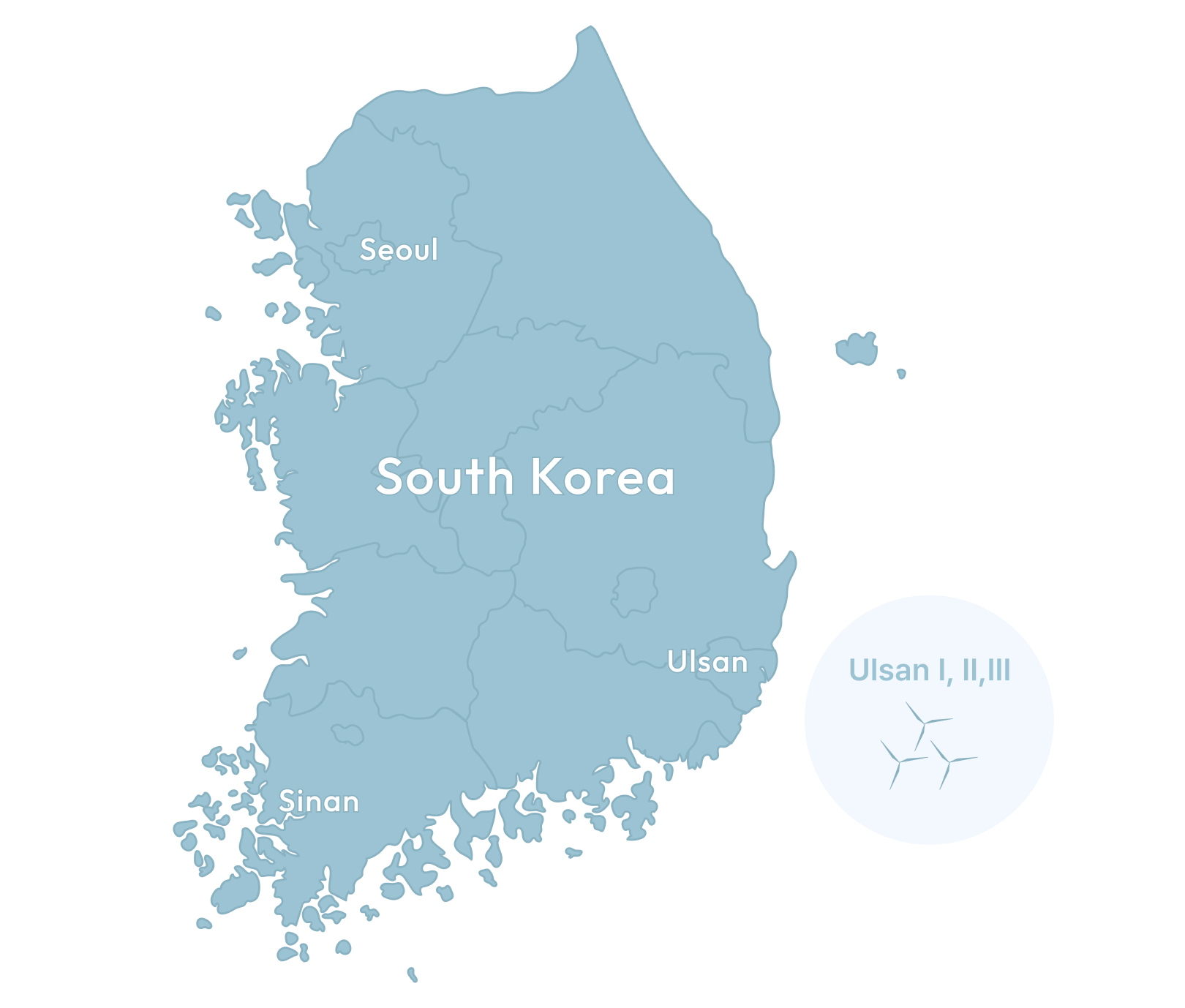
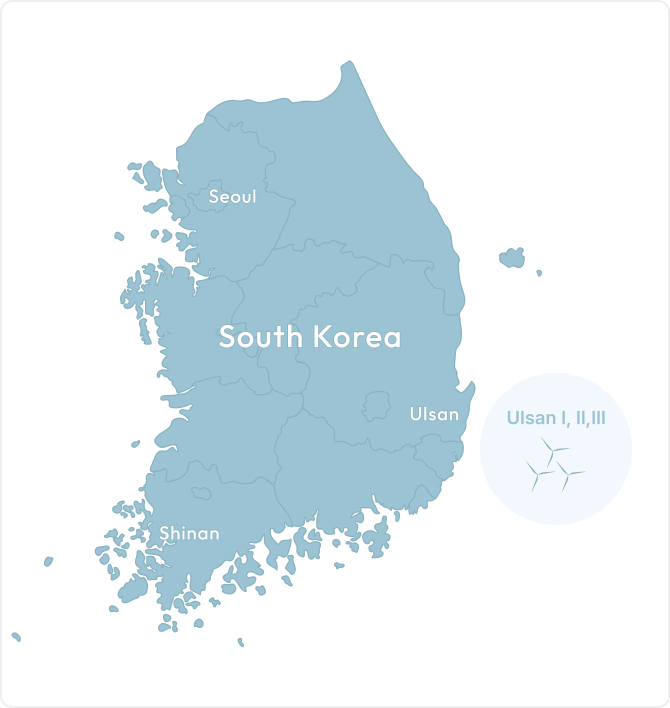
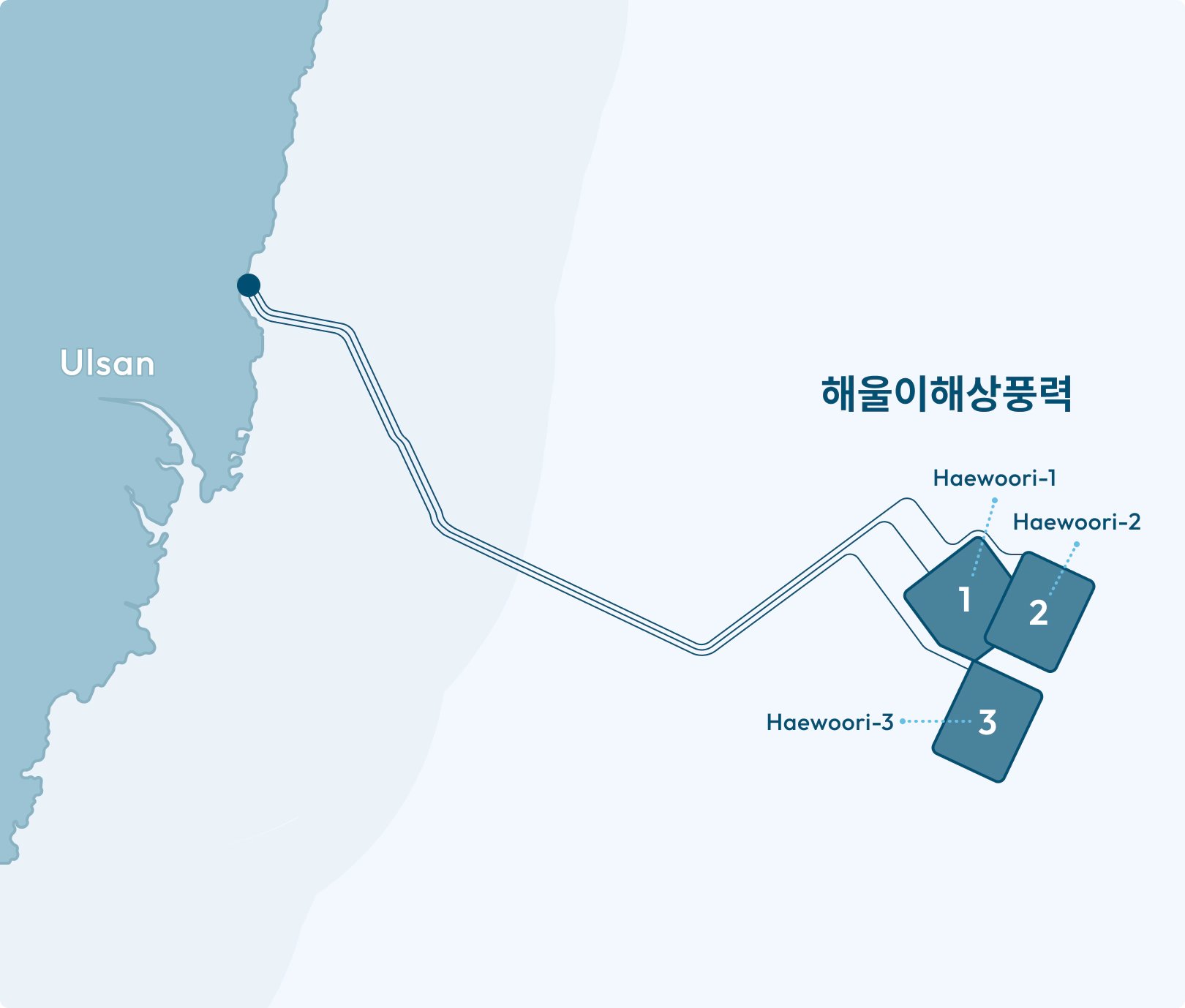
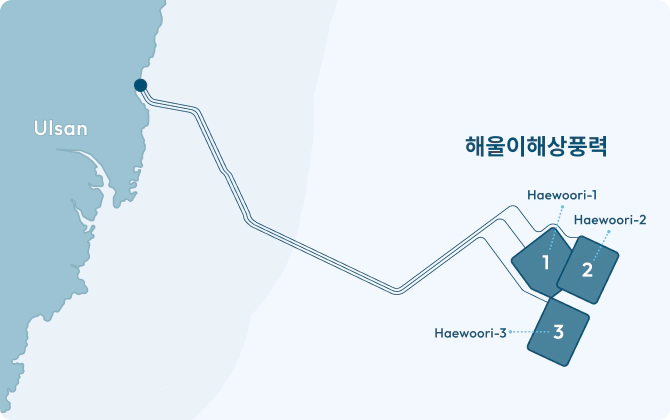
Location
01
75 to 95 km east of Ulsan Metropolitan City
Water depth
02
120 to 130 m
Wind speed
03
8.5 ~ 8.7m/s
Total project size
04
1.5GW
Project Timeline
Development site review
(Approx. 6 months)
Wind measurement
(At least 12 months)
Electricity Business License (EBL)
(3-6 months)
Permits, surveys and assessments / project financing
(24 months)
Construction start
(24-36 months)
Project lifespan
(20-25 years)
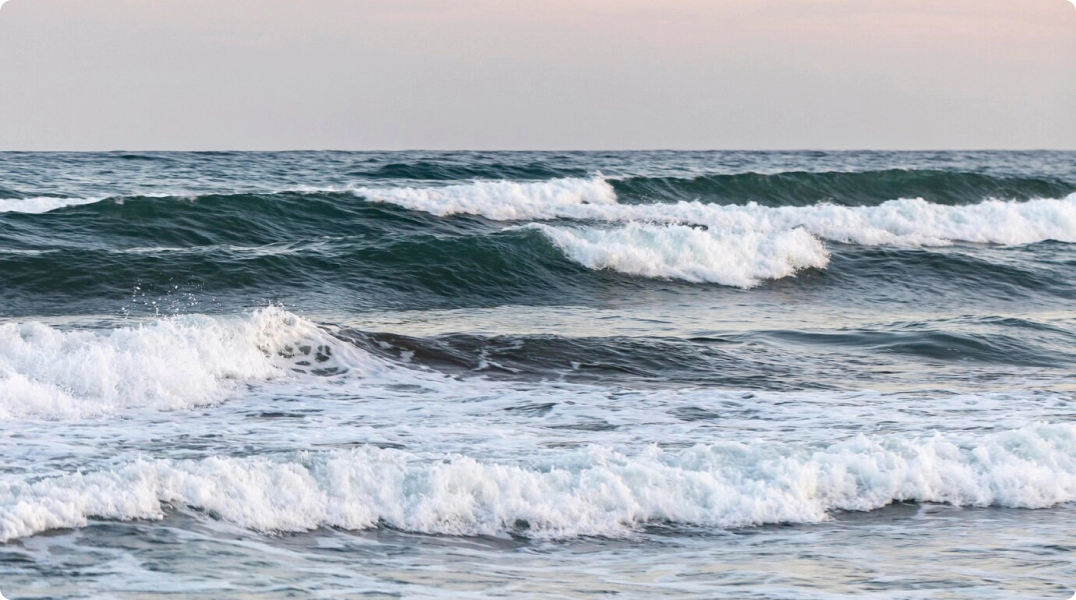
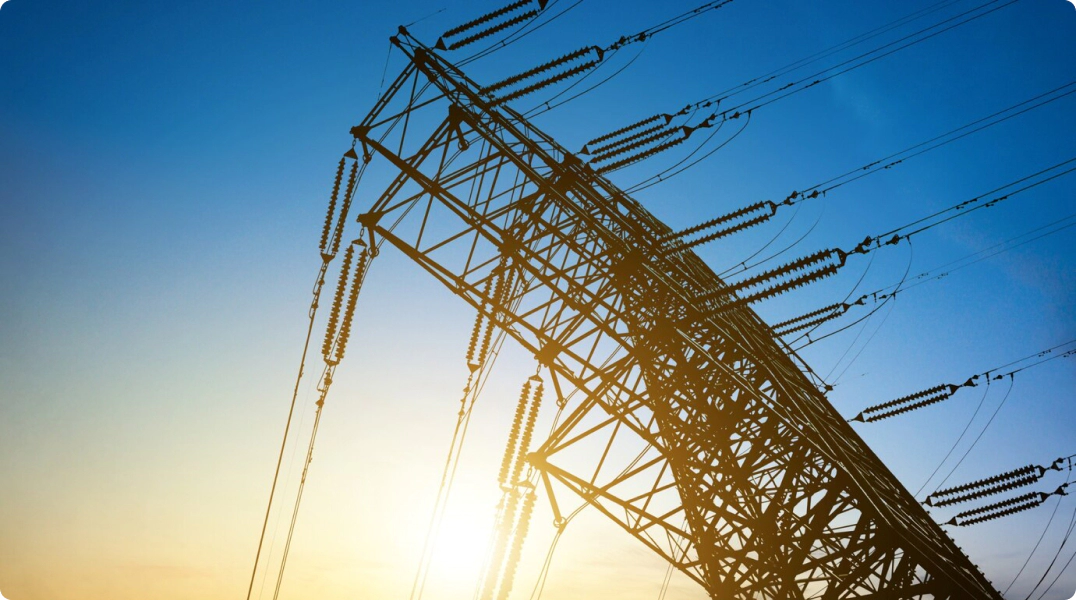
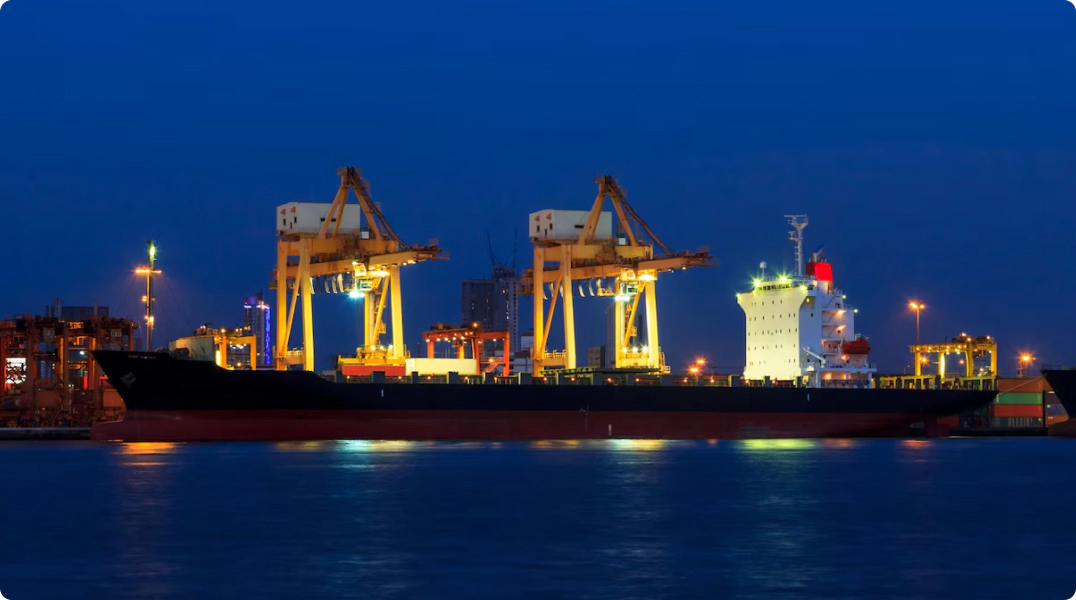
Advantages & Expectations
01

02
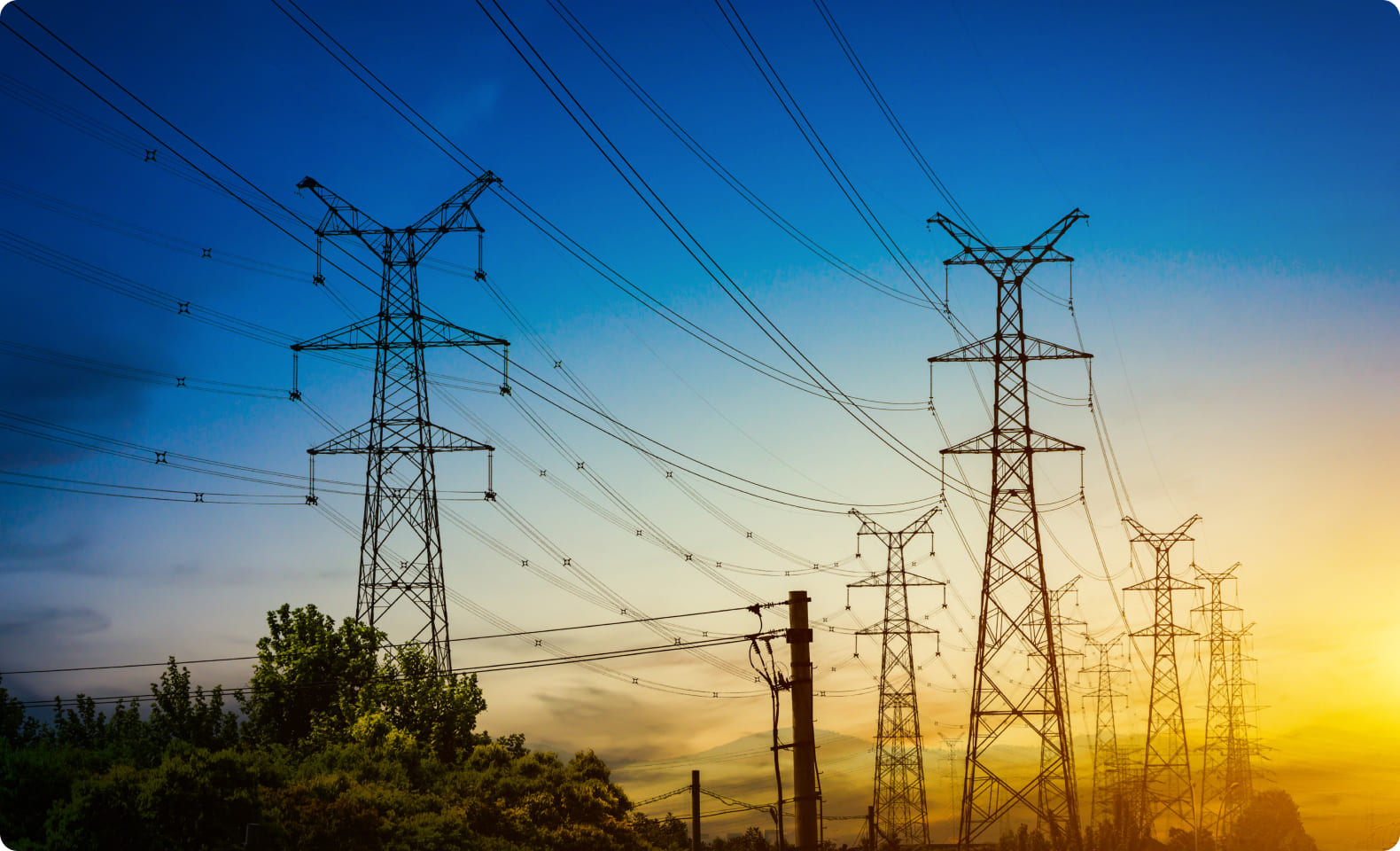
03
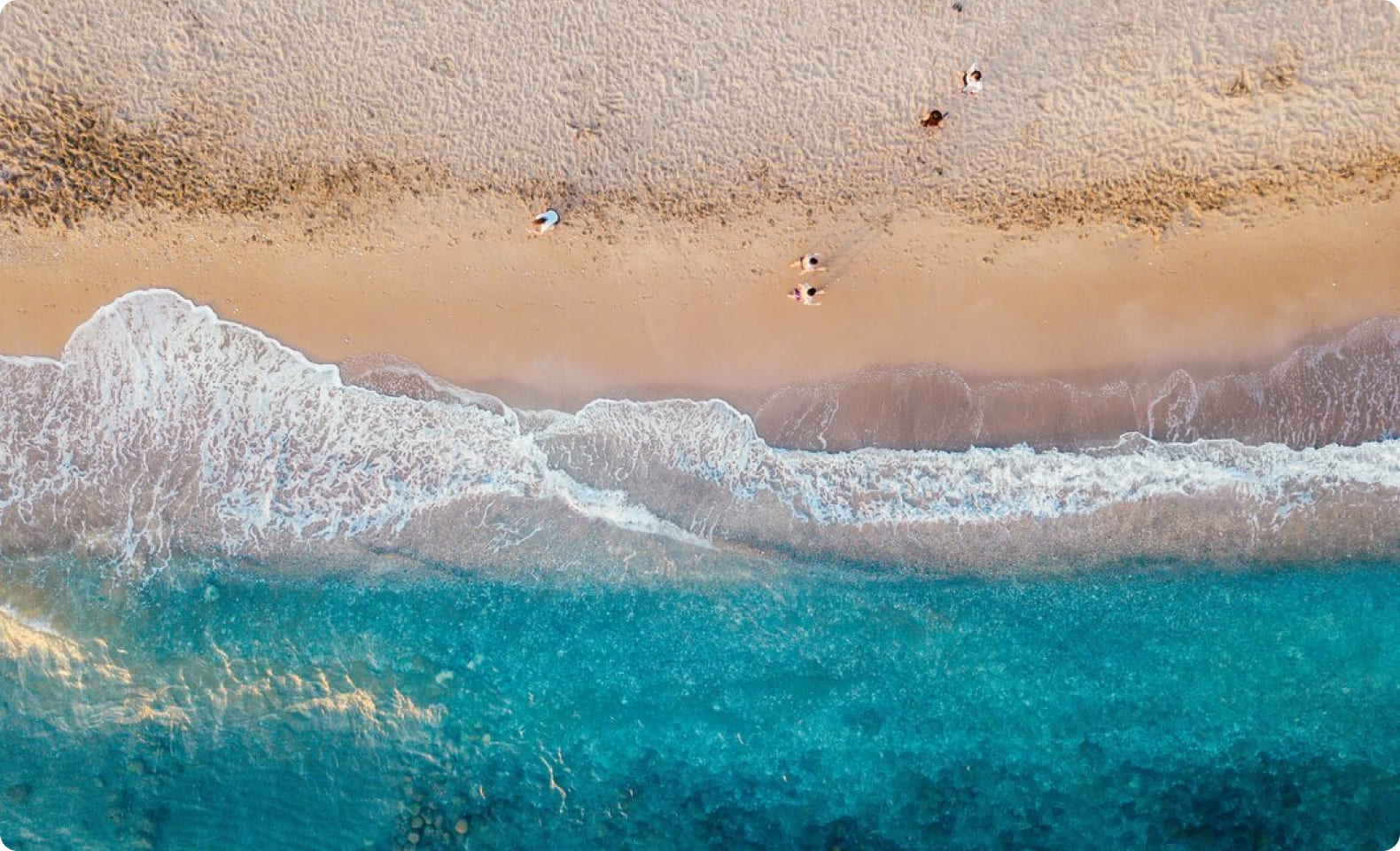
04

Environmental Impact Assessment
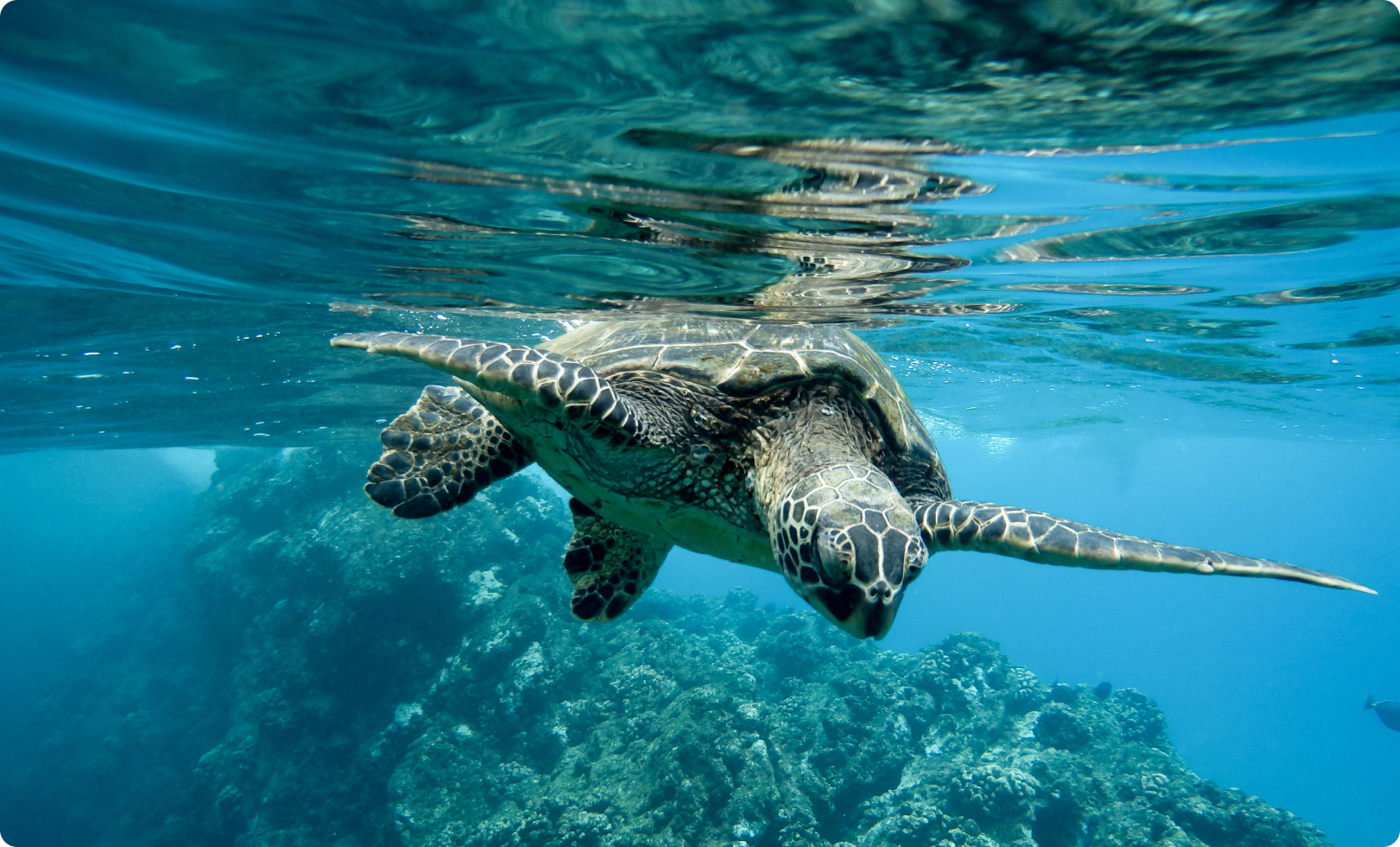
Environmental Impact Assessment (EIA)
EIA is a comprehensive assessment which aims to assess the potential environmental impact of offshore wind plant construction and operation. The assessment not only analyses impacts on marine ecosystems, seabed, habitats, bird and marine mammal populations, but also noise and socioeconomic impacts.
EIA identifies and implements mitigation measures to minimize the negative impact of offshore wind development, ensuring responsible and sustainable development of the offshore wind farm.
Haewoori Offshore Wind Co., Ltd.'s EIA scope comprises the onshore ecosystem, seabirds, marine ecosystem, and environmental quality including water quality, air quality, soil, and noise.
Haewoori Offshore Wind Co., Ltd. has completed the final EIA consultation. We will implement the agreed-upon content throughout future project construction and operations, and will closely examine the impact of project development through post-environmental impact surveys.
Marine survey
Haewoori Offshore Wind Co., Ltd. collects data necessary for planning, designing, and constructing offshore wind farms and conducts various surveys to develop offshore wind farms based on these data.
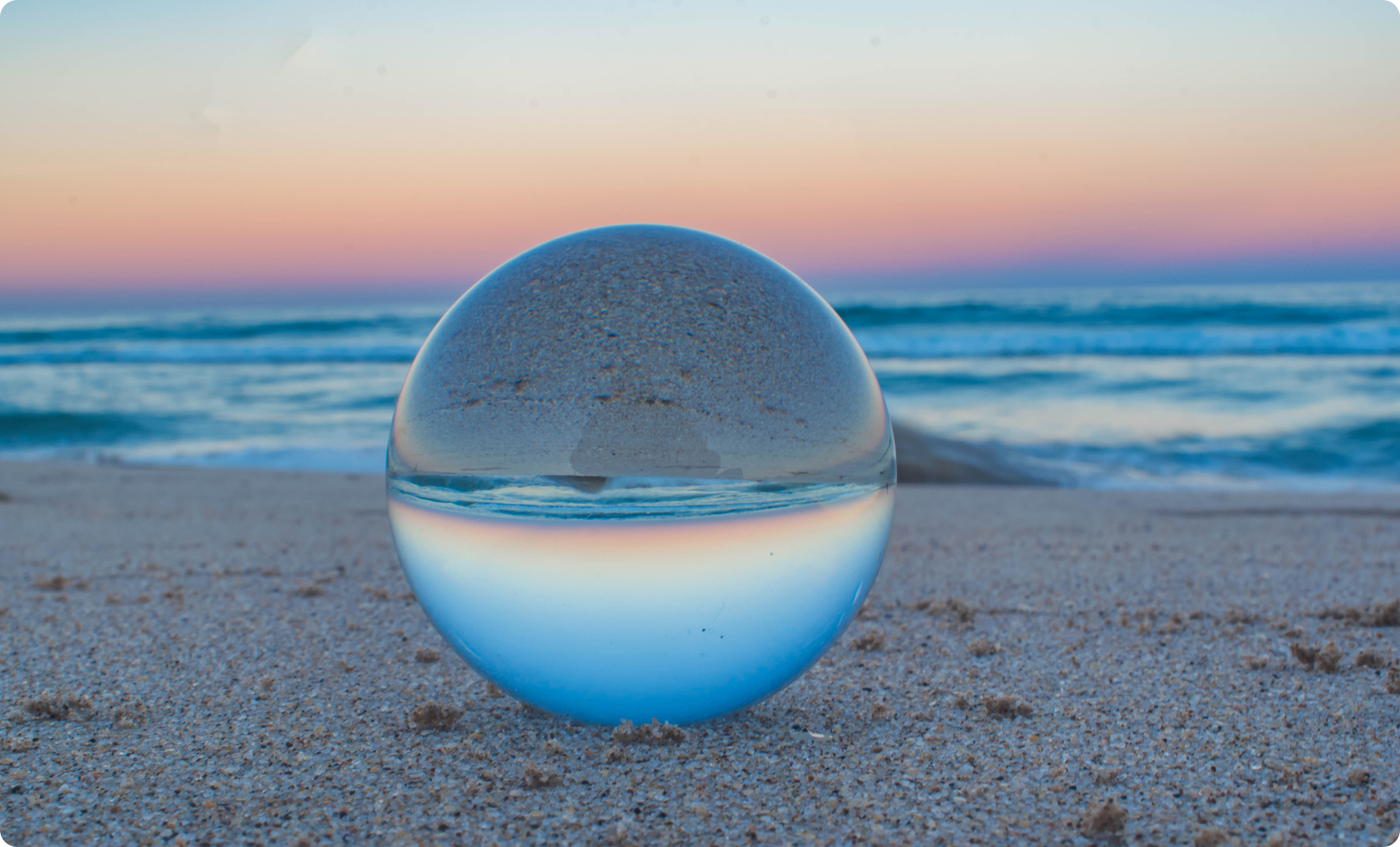
Major approvals and permits
Future Steps
2024
2023
2022
2021
2020
2019
2018
Please click Notice To Mariners for if you wish to review Notice To Mariners
Notice to Mariners
FAQ